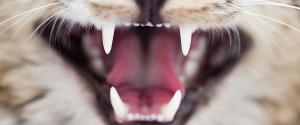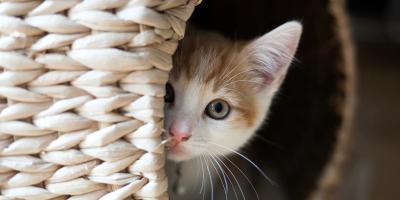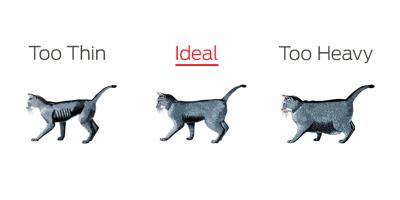
You can help minimize or even prevent dental problems for your cat by regular cleaning. One of the most common dental problems cats experience is plaque build-up, which can cause a hardened calculus to form on the tooth surface. If left unchecked, this build-up can cause inflammation of both the gums and tooth socket. Without proper treatment the teeth can become infected and the resulting infection may spread to other parts of the body, like the kidneys or heart valves. In such cases, tooth loss is a real threat as well.
Brush your cat’s teeth using a toothbrush and toothpaste designed especially for cats, or a child-sized toothbrush dampened and rubbed with baking soda. Do not use toothpaste formulated for humans as it may cause an upset stomach. If your cat is a reluctant patient, use a bath towel as a restrainer, or try putting a little bit of tuna juice on the brush.
Most cats tend to accumulate plaque on the outside of their upper teeth. Brush the outer surfaces of your cat’s teeth with a gentle, circular motion. When she becomes used to this type of cleaning, try brushing the inner surfaces too. Those areas are best reached by carefully pushing back on the corners of her jaws while tilting her head back.
If your cat has red, swollen, or bleeding gums; bad breath, or dark spots on her molars; chronic runny nose; experiences unusual weight loss, or is reluctant to eat—contact your veterinarian at once.
Finally, it’s helpful to know that dry, crunchy foods can help to keep your cat’s teeth clean. However, there is no substitute for regular, comprehensive dental care.
Related articles



